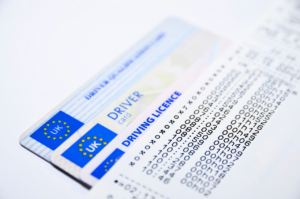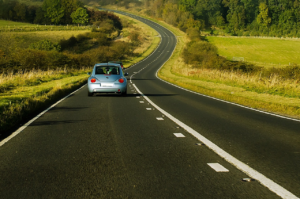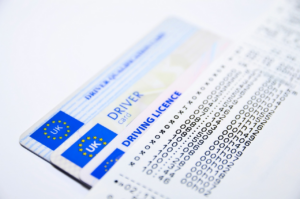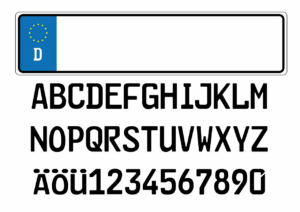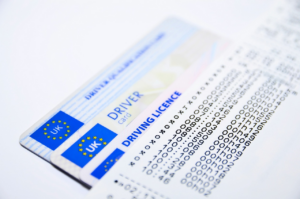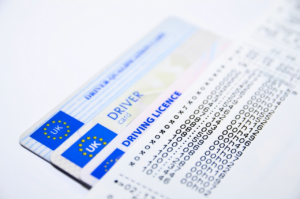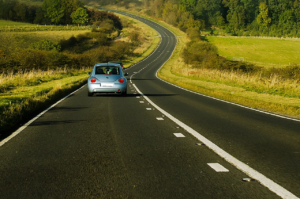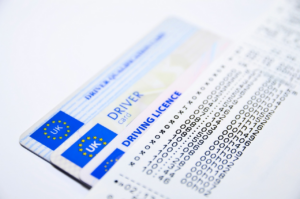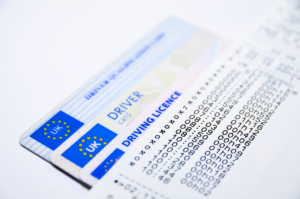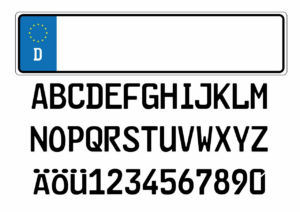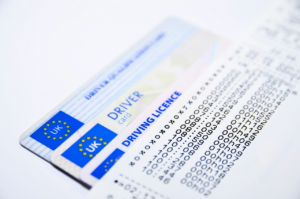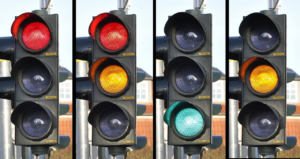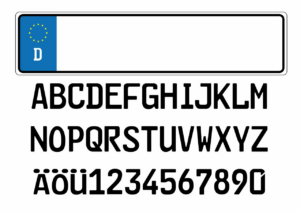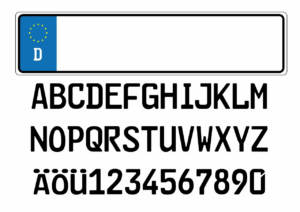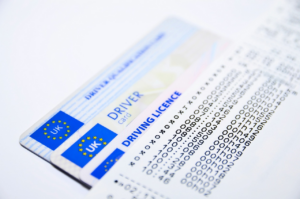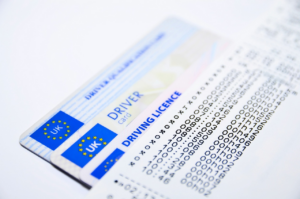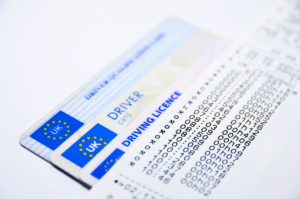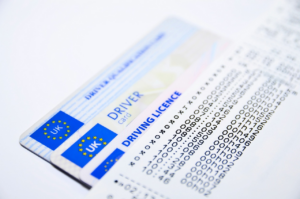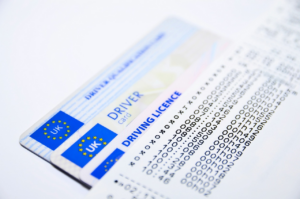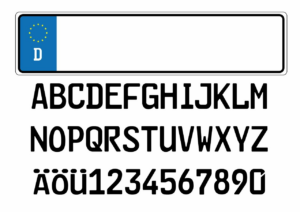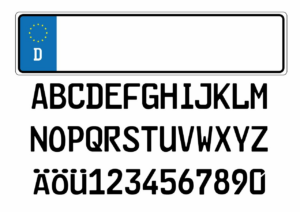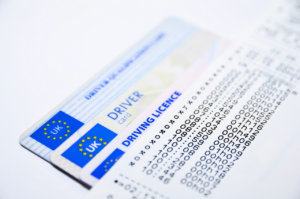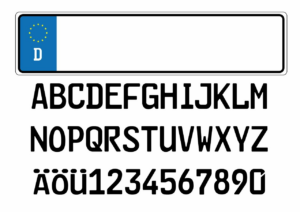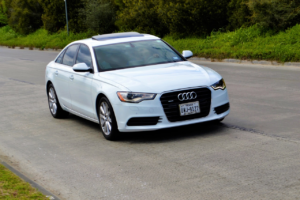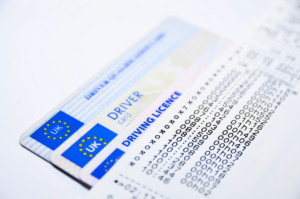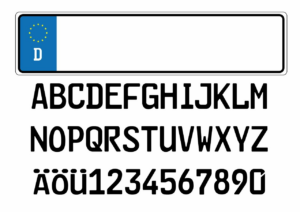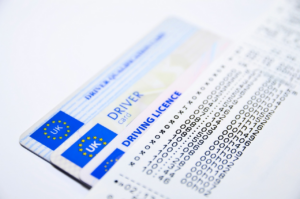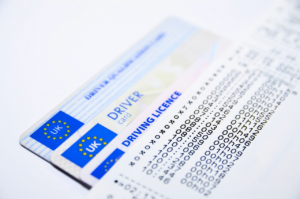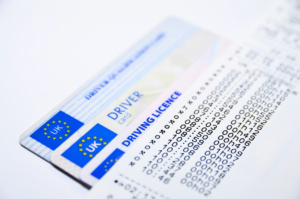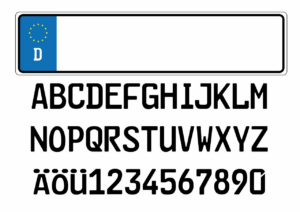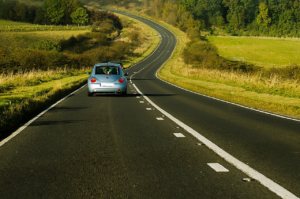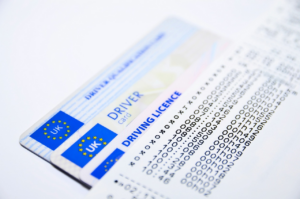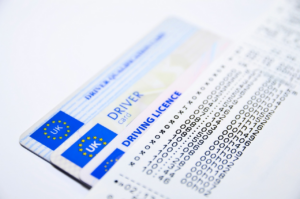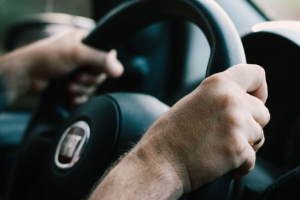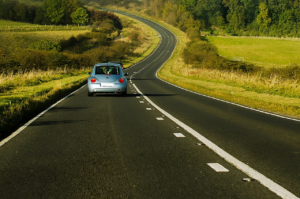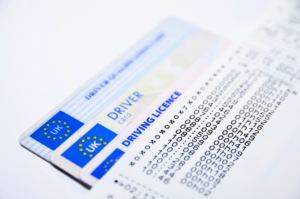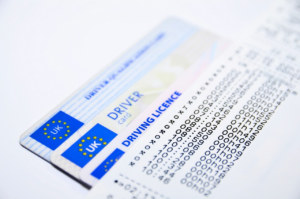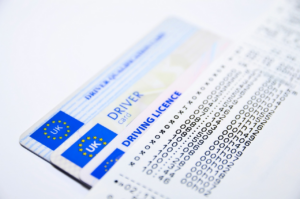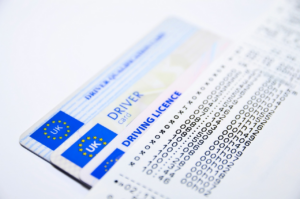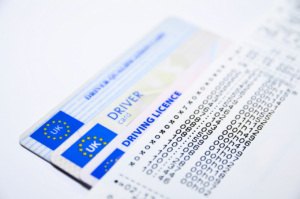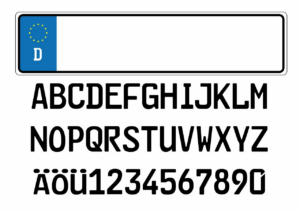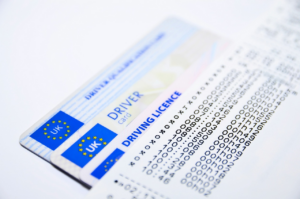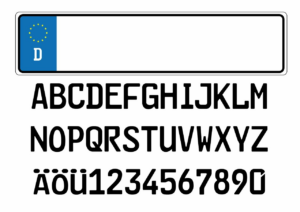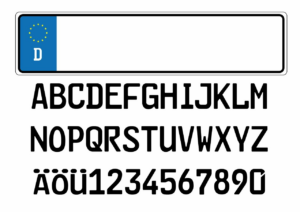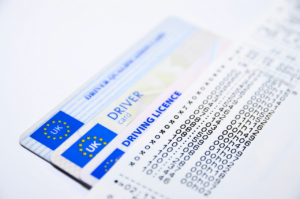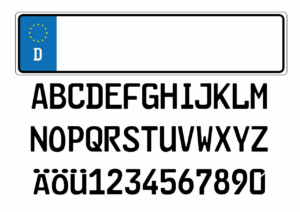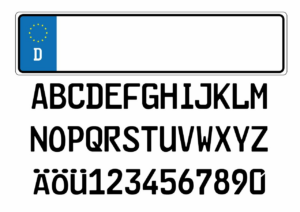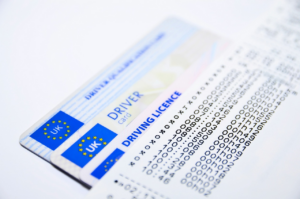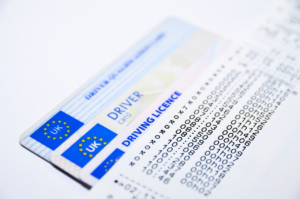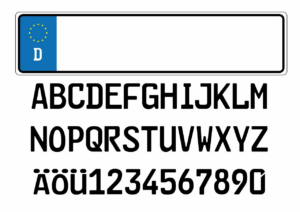Are you planning a road trip through Europe and wondering if your UK driving license is valid in other countries?
The answer is yes, as long as you have a full and valid license. However, there are some important things to keep in mind before hitting the road.
Each European country has its own rules and regulations regarding driving licenses, and it’s important to familiarize yourself with them before traveling.
While your UK driving license is valid throughout the European Union (EU), there are some countries outside of the EU where you may need an International Driving Permit (IDP) in addition to your license.
In this article, we’ll take a closer look at driving license validity in popular European destinations such as Spain, France, Italy, Germany, Switzerland, and Austria, as well as provide tips for safe and enjoyable driving on European roads.
Overview of Driving License Validity in Europe
So, if you’re planning a road trip across Europe, it’s important to know which countries recognize your license. Fortunately, most European countries do recognize UK driving licenses. This means that you can legally drive in these countries with your UK license and you don’t need to apply for an international driving permit (IDP).
However, it’s always a good idea to check the specific requirements of each country you plan to visit, as some may have additional rules or restrictions.
It’s worth noting that if you’re planning to move to another European country, you may need to exchange your UK license for a local one. This will depend on the country you’re moving to and its specific rules. For example, if you’re moving to France, you’ll need to exchange your UK license for a French one after a certain period of time.
It’s also important to keep your UK license up to date and ensure that you have the correct categories for the vehicle you’re driving, as these may differ between countries.
Driving in Spain
If you’re planning to hit the roads in sunny Spain, it’s worth knowing the specific rules and regulations of the country. Here are a few things you should keep in mind when driving in Spain:
- You must drive on the right-hand side of the road.
- The speed limits are in kilometers per hour, with a limit of 50km/h in urban areas and 120km/h on highways.
- Spanish law requires that all passengers wear seat belts, and children under 12 must sit in the back seat.
It’s also important to note that Spain recognizes UK driving licenses as valid for up to six months. If you plan to stay longer than that, you’ll need to exchange your UK license for a Spanish one. It’s a relatively straightforward process, but it’s worth researching the requirements in advance to ensure you have all the necessary documentation.
With these tips in mind, you can hit the Spanish roads with confidence and enjoy all the beauty the country has to offer.
Driving in France
You’re planning a road trip through France and want to make sure you’re prepared for driving on the opposite side of the road. Fortunately, your UK driving licence is valid in France.
However, there are some important things to keep in mind before hitting the road. Firstly, it’s important to remember that in France, you drive on the right-hand side of the road. This means that the driver’s seat will be on the left-hand side of the car. You’ll also need to adjust to different road signs and speed limits.
Additionally, it’s mandatory to carry certain items in your car, such as a warning triangle and reflective vest. Make sure you have these items before starting your journey. By following these guidelines, your road trip through France should be a smooth and enjoyable experience.
Driving in Italy
Italy presents its own unique set of challenges for drivers from the UK, including adjusting to driving on the opposite side of the road and navigating unfamiliar road signs and speed limits.
While the rules of the road in Italy are similar to those in the UK, there are some notable differences that may take some getting used to.
For example, Italian drivers tend to be more aggressive and less patient than their British counterparts, which can make navigating busy roads and roundabouts a bit nerve-wracking.
In addition to adapting to a new driving style, UK drivers in Italy should also be aware of the country’s strict driving laws and hefty fines for traffic violations.
Speeding is particularly expensive, with fines ranging from €41 to €1,682 depending on the severity of the offense.
It’s also worth noting that Italy has a zero-tolerance policy for driving under the influence of alcohol, so it’s best to avoid drinking altogether if you plan on driving.
As long as you take care to follow the rules of the road and stay alert, however, driving in Italy can be a rewarding and enjoyable experience.
Driving in Germany
Driving in Germany can be a thrilling experience with its winding roads through picturesque countryside and bustling cities. However, before you hit the road, it’s important to understand the rules and regulations for driving in Germany with a UK driving licence.
Firstly, it’s worth noting that a UK driving licence is valid for driving in Germany. However, you must be at least 18 years old and have a valid licence that hasn’t expired or been suspended.
If you are planning on driving in Germany for an extended period of time, you may need to exchange your UK driving licence for a German one. This can be done at the local driving licence authority, and you will need to provide your UK licence, passport, and proof of residency in Germany.
It’s also important to note that Germany has strict drink driving laws, so it’s best to avoid alcohol altogether when driving.
Overall, as long as you follow the rules and regulations, driving in Germany can be a safe and enjoyable experience.
Driving in Switzerland
If you’re planning to explore Switzerland by car, get ready for breathtaking mountain views and winding roads that will make your heart race. Driving in Switzerland is generally safe and well-managed, but there are some important rules to keep in mind.
First and foremost, you must have a valid UK driving licence to drive in Switzerland. This means that your licence must not have expired and that you’re qualified to drive the vehicle you plan to use. Additionally, you should carry your licence with you at all times while driving in Switzerland in case you’re asked to present it by a police officer.
In terms of road rules, Switzerland is similar to other European countries. The speed limit on motorways is 120 km/h, and 80 km/h on other roads unless otherwise indicated. Seatbelts are mandatory for all passengers, and children under 12 years of age must be seated in a child safety seat appropriate for their size.
It’s also important to note that Swiss law requires drivers to use winter tires or snow chains in certain conditions, particularly in mountainous areas. By following these rules, you can enjoy a safe and enjoyable driving experience in Switzerland.
Driving in Austria
Are you ready to hit the road and explore Austria’s stunning landscapes and charming towns by car? Before you do, it’s important to know the rules and regulations for driving in Austria. Here are some things to keep in mind:
-
Drive on the right side of the road: In Austria, as in most of Europe, you’ll need to drive on the right side of the road. This can take some getting used to if you’re used to driving on the left, so be sure to pay attention to road signs and markings.
-
Carry your driving licence and other documents: You’ll need to carry your UK driving licence with you when driving in Austria, along with your passport and any other necessary documents. It’s also a good idea to carry your car rental agreement and insurance documents.
-
Follow speed limits: Speed limits in Austria are generally lower than in the UK, so be sure to pay attention to signs and adjust your speed accordingly. In built-up areas, the limit is usually 50 km/h, while on motorways it’s 130 km/h.
-
Be aware of tolls: Some roads in Austria require a toll to be paid, so be sure to have some cash on hand. You can also purchase a vignette, which is a sticker that allows you to use certain roads for a set period of time.
Tips for Safe and Enjoyable Driving in Europe
Get ready to make the most of your European road trip with these essential tips for safe and enjoyable driving. It’s important to remember that driving laws and customs may differ from country to country, so it’s essential to do your research before hitting the road. Here are some tips to keep in mind:
| Tip | Description | Example |
|---|---|---|
| Plan your route | Research your destination and plan your route beforehand to avoid getting lost or stuck in traffic | Use a GPS device or map to navigate |
| Follow local laws | Be aware of local driving laws and customs, such as speed limits, right of way, and parking regulations | In some countries, it is mandatory to carry certain items such as a warning triangle or reflective vest |
| Stay alert | Stay focused and attentive while driving, especially on unfamiliar roads | Take breaks every 2 hours to avoid fatigue and stay hydrated |
| Be prepared | Make sure your vehicle is in good condition and equipped with necessary items such as a spare tire, first aid kit, and jumper cables | Familiarize yourself with the location of gas stations and rest stops |
By following these tips and staying aware of your surroundings, you can ensure a safe and enjoyable driving experience on your European road trip. Remember to always prioritize safety and obey local laws for a stress-free journey.
Frequently Asked Questions
What are the penalties for driving without a valid license in European countries?
Driving without a valid license in European countries can result in severe penalties. The consequences vary depending on the country, but common penalties include fines, license suspension, and even imprisonment.
In some countries, driving without a valid license can also result in the impounding of the vehicle. It’s important to note that a UK driving license may not be valid for driving in other European countries, and it’s essential to check the specific requirements of each country before driving.
Failure to comply with these requirements can result in serious legal consequences. Therefore, it’s crucial to ensure that you have a valid license and all necessary documentation before driving in any European country.
Are there any age restrictions for driving in European countries with a UK driving license?
If you hold a UK driving license, you may be wondering if there are any age restrictions for driving in other European countries. The answer is that it varies depending on the country you are visiting.
In some countries, such as Spain and Portugal, you must be at least 18 years old to drive with a UK license. In other countries, such as Italy and Greece, you must be at least 21 years old.
It’s important to check the age restrictions for each country you plan to visit before you travel. Additionally, you should ensure that your license is valid and up to date, as driving without a valid license can result in significant penalties.
Can I rent a car in European countries with a UK driving license?
If you’re planning to rent a car in European countries, you’ll be pleased to know that a UK driving license is generally accepted. However, it’s always recommended to check with the specific rental company beforehand to ensure they accept UK licenses.
Some may require an International Driving Permit (IDP) in addition to your UK license. It’s also important to note that you’ll need to be at least 18 years old to rent a car in most European countries, although some may require you to be at least 21 years old.
It’s always a good idea to familiarize yourself with the specific driving laws and regulations of the country you’ll be visiting to ensure a safe and enjoyable driving experience.
Do I need an international driving permit to drive in European countries with a UK driving license?
If you plan on driving in European countries with a UK driving license, you may need an International Driving Permit (IDP). The requirements vary depending on the country, so it’s important to research the specific regulations before your trip.
However, some countries do not require an IDP and will accept a UK driving license on its own. It’s always recommended to carry both your UK driving license and an IDP to ensure you’re covered in case of any issues.
Keep in mind that an IDP is not a replacement for your driving license, but rather a translation of it. Therefore, always carry your original driving license with you as well.
Are there any specific road rules or regulations that I should be aware of when driving in European countries with a UK driving license?
When driving in European countries with a UK driving license, there are several road rules and regulations that you should be aware of. For example, it’s mandatory to carry certain items in your vehicle, such as a reflective vest, warning triangle, and spare bulbs.
Speed limits and road signs may differ from those in the UK, so it’s important to familiarize yourself with the rules of each country you plan to visit. It’s also worth noting that driving under the influence of alcohol or drugs is illegal in all European countries, and penalties can be severe.
By doing your research and following the rules of the road, you can enjoy a safe and enjoyable driving experience across Europe with your UK driving license.
Conclusion
So, to answer your question, yes, your UK driving license is valid for driving in other European countries. However, there are some important things to keep in mind before hitting the road.
Each country has its own specific driving laws and regulations that may differ from what you’re used to in the UK. It’s important to research these beforehand to avoid any surprises or legal issues.
Additionally, it’s important to make sure you have all the necessary documents and equipment with you while driving in Europe. This may include items such as a reflective vest, warning triangle, and spare bulb kit.
By being prepared and informed, you can ensure a safe and enjoyable driving experience while exploring all that Europe has to offer.





